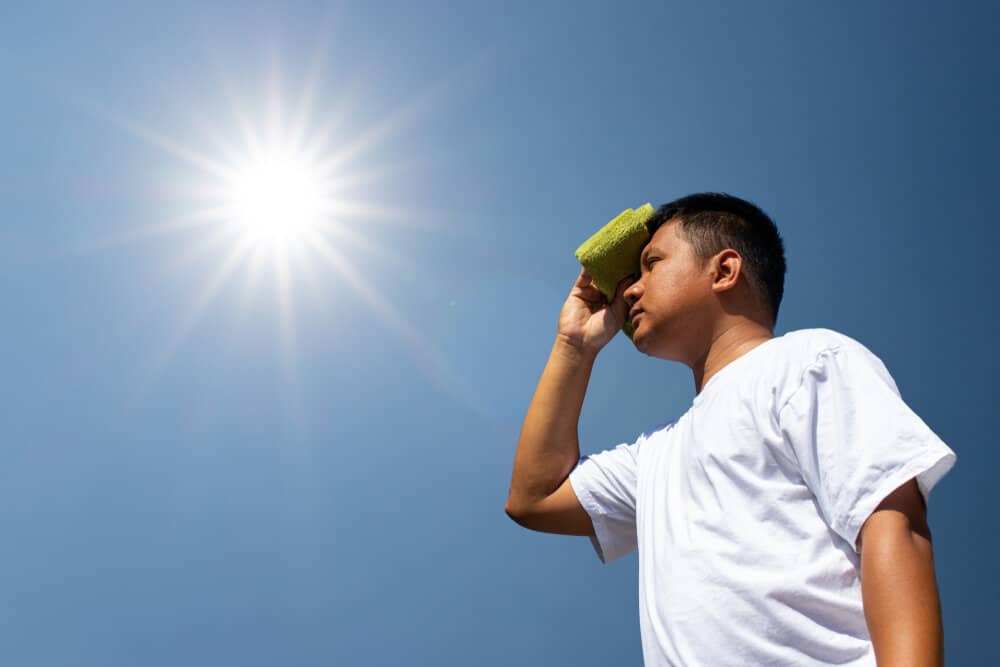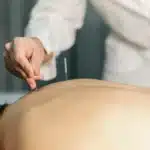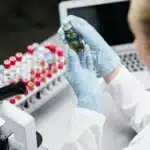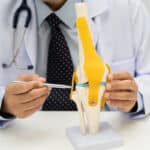
As the weather goes up, so can your children. Young children can get extremely ill if left alone in a heated car seat in the sun. Many parents are aware of the dangers. If you’re exercising or playing sports outside, especially on artificial grass, the heat can have a negative impact on older children and teens. There is a higher risk of heat-related diseases in young children.
Many doctors have said that young children don’t recognize they’re thirsty or that they need help getting water, getting in the shade, or getting out of a hot car and indoors.
Since their sweating ability is hindered and their body surface-to-weight ratio is larger than that of adults, children under the age of nine are more prone to heat illness. Along with sports medicine, some extra care is needed in this regard.
Families can avoid heat-related sickness by following experts’ suggestions.
Children’s Overheating Prevention Tips
Exercise and sports are safe for the majority of healthy youngsters, even when it is hot outside. The following are some items to consider:
-
Start exercising two weeks before the onset of the sports season or the start of hot weather.
-
Staying hydrated is best done with cool water.
On hot days, a youngster can sweat up to two cups every hour, depending on the conditions. Sporting teens might shed up to two quarts of sweat per hour, depending on the intensity of the activity. Drinking often is necessary to replace these quantities.
To keep them hydrated, send them to sports practice with a huge thermos full of cold water. Teens, on the other hand, might need two quarts or more.
-
If your child exercises for more than two hours, sports drinks can help replenish electrolytes and salts lost through sweat. Be sure to choose low-calorie versions
-
Play, practice, and activities should be conducted in an environment where children may easily acquire water.
A Guide on Heat-Related Illness Symptoms and Treatments
3 heat-related ailments have been identified by the American Academy of Pediatrics (AAP)
The mildest of the lot: Heat exhaustion
-
Symptoms include muscle cramping in the legs and a general feeling of unease and discomfort.
-
This occurs when a youngster loses too much salt and water, but their body temperature is within normal boundaries. Remaining still and drinking salty fluids can help ease heat cramp symptoms.
A bit more serious: Overheating
-
A higher-than-normal body temperature.
-
In spite of dehydration, you can still sweat
-
A headache or dizziness may occur if you’re thirsty, dizzy, or nauseated.
To treat children with heat exhaustion:
-
Find a shady or air-conditioned place to rest.
-
If they’re cognizant and can swallow, they should sip cool water or sports drinks.
-
Put your feet up and lie down.
-
Take off your sporting gear/clothes, and fan them.
-
If the youngster doesn’t improve or can’t drink, take them to the hospital’s emergency room.
After reaching this point, the youngster should seek immediate medical attention from their physician.
-
Contact the emergency services by dialing 911
-
As soon as possible, cool the person down in the shade or with air conditioning until medical assistance arrives.
-
Some garments can be removed.
-
Lightly mist them with water
-
Assisting the person
-
Under the arms, place ice packs
-
Use ice-soaked cloths on the remainder of your body in a circular motion.
Reach us at Oklahoma Spine & Pain Management. We serve in and around Oklahoma. We cover different areas such as PRP therapy, sports medicine, neck, back and spine treatment, and more.
**Disclaimer: This content should not be considered medical advice and does not imply a doctor-patient relationship.






